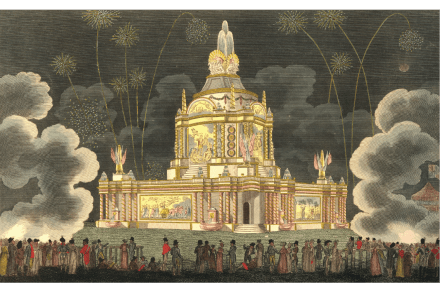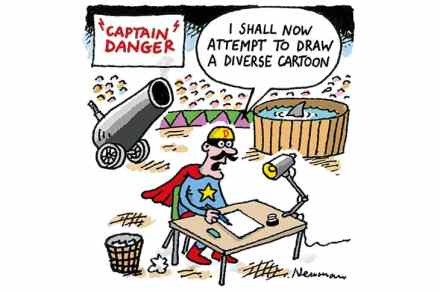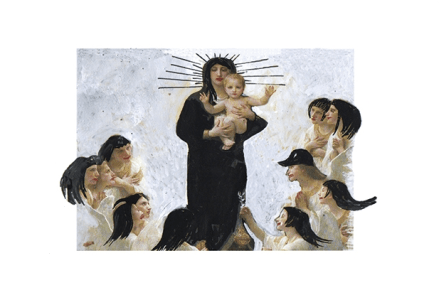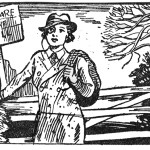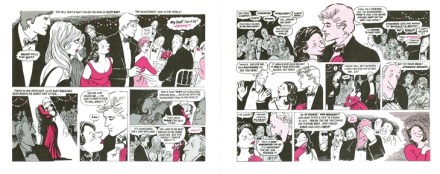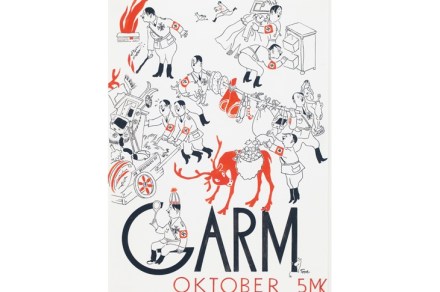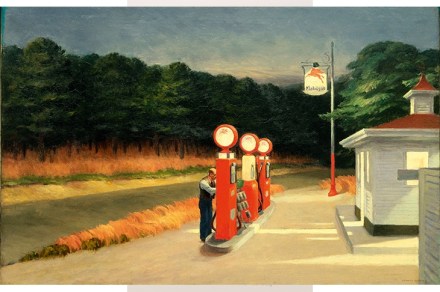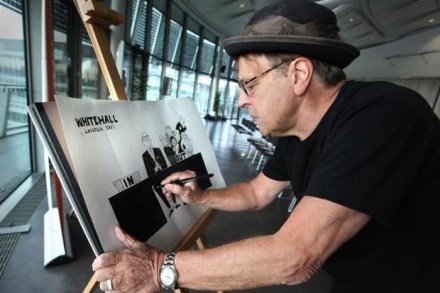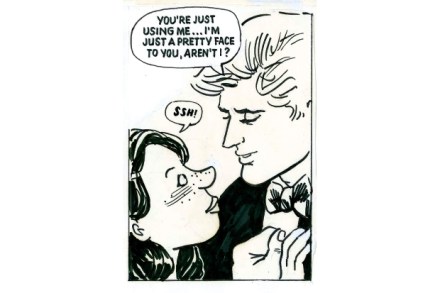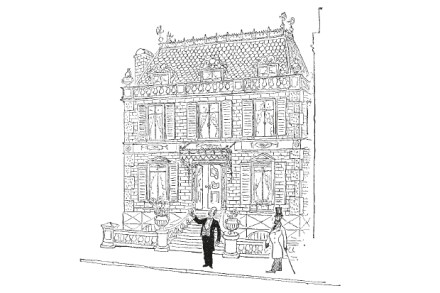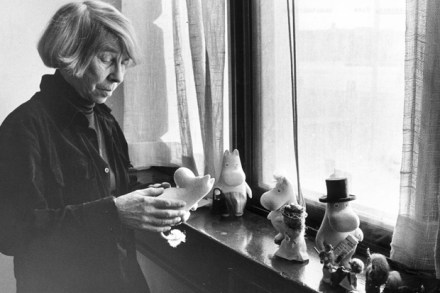Doomed to immortality: The Book of Elsewhere, by Keanu Reeves and China Miéville, reviewed
One of the first things I was taught in literary theory was to look for supposed rhetorical rather than logical opposites and unravel them. It works well with ‘the opposite of cat’. Cartoons show this can be either mouse or dog. The Book of Elsewhere, based on the comic BRZRKR, poses something similar with metaphysics. The protagonist, B., or Unute, has a narrative arc quickly summarised as ‘I kill, I die. I come back’. What is the opposite of B.? He is not alive in a way we understand, but he is not dead, or a zombie; he is not undying, and time alone will tell if he is immortal.




